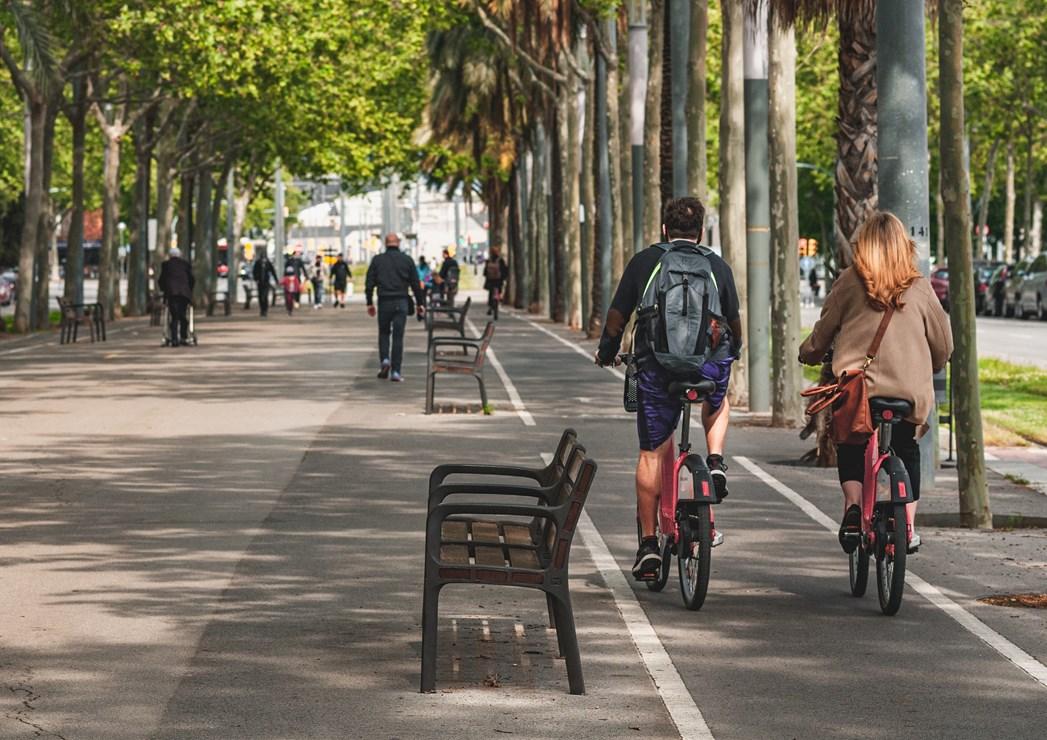Cities are often the product of their history: their streets tell of their successive expansions (the Parisian boulevards thus follow the old enclosures built by Charles V in the 14th century and the Fermiers Généraux wall, erected in the 18th century), their more or less tumultuous relations with their neighbors (as witnessed by the dozens of citadels created by Vauban all over France) or, more prosaically, the will of their political leaders (the transformations initiated by Baron Haussmann, prefect of the Seine, being an emblematic example).
Even in the absence of historical upheaval, the city is a living being, in perpetual transformation. It is constantly evolving according to the inhabitants, the uses, or the conditions that are imposed on it. Cities must thus adapt to growing urbanization, which involves accommodating more and more people, to urban sprawl, which profoundly modifies uses, for example in terms of mobility, and to changing conditions, particularly due to global warming.
An inclusive city for whom?
But they must also and above all make room for all the very diverse profiles that make up the city, in other words, become inclusive cities. The inclusive city is defined by the desire to welcome all people in its territory, including the vulnerable or minority groups. This means allowing everyone to benefit from spaces, infrastructures and services, regardless of their age, gender, standard of living or physical and cognitive abilities.
For many cities, this is still far from being the case today. On the question of gender, for example, Yves Raibaud describes in his book "La ville faite par et pour les hommes" how urban planning can contribute to reinforcing inequalities between women and men. Thus, the width of a sidewalk, lighting, and the availability of public transport are not experienced in the same way by the sexes.
Inclusiveness, of course, is not just about gender. How do we ensure that people with reduced mobility can also get around? How do we ensure that older people enjoy public space as much as younger people? Has thought been given to how residents who cannot read can find their way around? Do the poorest feel as much at home as the wealthiest?
Shifting the perspective
In reality, these questions can only be answered by asking those who are most affected. To make the city more inclusive, we must first think of projects for all upstream, starting from the human element. This implies taking into account the real needs of all users and, above all, decentralizing the perspective of those who design the city, thanks to a complete diagnosis of current and future uses, shortcomings and the main points of friction. This requires a participatory approach to bring out the feeling of the city as it is really experienced. Exploratory walks, which bring together citizens and professionals, have been organized in a number of cities so that the profiles concerned can identify and bring up problems.
Above all, a real political will is needed to change things. There are already many examples abroad: in Vienna (Austria), for example, the municipality introduced a gendered budget in 2005, which obliges it to demonstrate that its services benefit men and women equally. In Seoul and Singapore, efforts have been made to facilitate the daily life of senior citizens and encourage them to go out.
In France, too, initiatives have been undertaken: in Paris, "streets to schools" have given children more space in front of their schools and made them feel safer. Initiatives, such as the "Le Carillon" program, also allow homeless people or people in great difficulty to go to participating businesses to benefit from essential services (drinking a glass of water, accessing a toilet or even recharging their cell phone).
